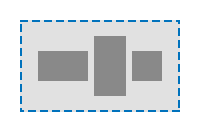 Flex
Flex
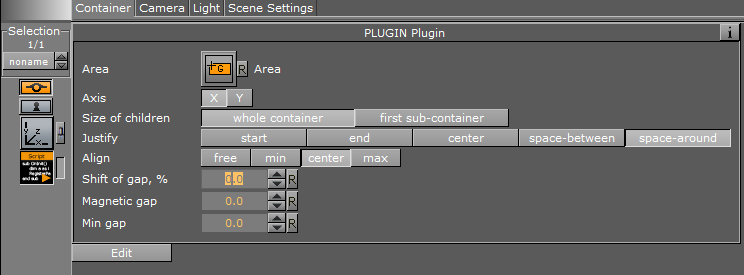
Useful for automatic placement of containers within certain area in vizrt scenes.
Do you know about “flexbox” in HTML5/CSS2? This is flexible box layout for convenient auto-placing of containers into a gabarit of the certain container. Take a look at explanation of the idea for web.
Let me introduce several features I’ve implemented for convenient usage in onair graphics: “justify-content” and “align-items”. This script can be helpful in many situations.
All possible variants
I’ve marked my two often used options.
X axis:
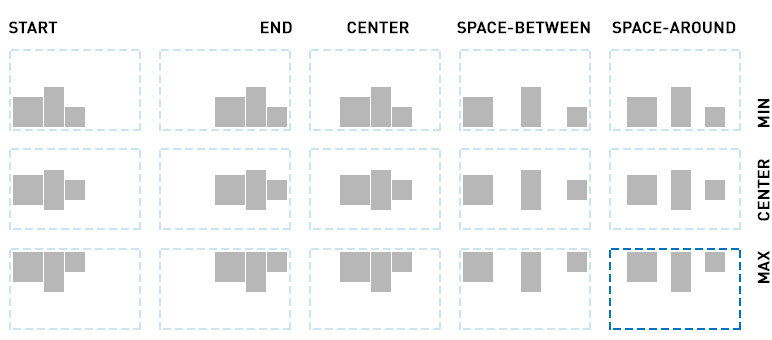
Marked variant is very useful for portraits with different height when you need only top alignment among all pictures (and no requirement for bottoms to be aligned).
Y axis:
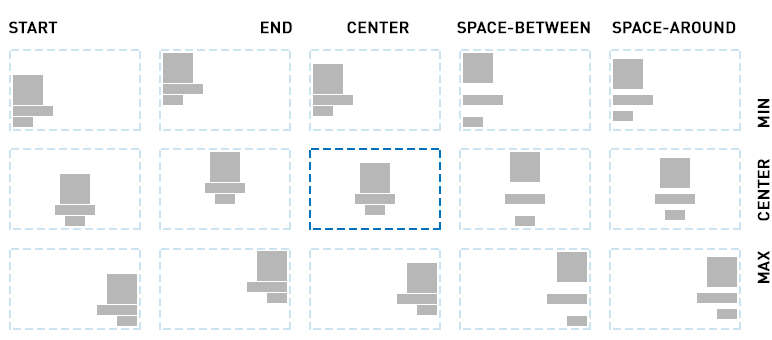
Marked central variant is useful for fast centering of any logo with a sign.
Cases for flex-positioning
First idea for using a flex is a simplification of containers positioning within certain gabarit.
Flex is used in onair graphics as auto-stack. For example, for:
- set of portraits or infographic bars
- enlarging one element and auto moving away others
- stack of messages in a corner
- set of lowerthirds in a corner
You can also combine Flex with scripts and plugins:
- nested Flex into another Flex — horizontal and vertical ones
- combine with my script “Autoscroll” — use Flex for containers stacking and use Autoscroll for convenient scroll of content
- of course, feel free to use any standard plugins :)
Esthetic options
Magnetic
For esthetic reasons I’ve added a special parameter for correction of distribution within certain area. Imagine that you have fullscreen graphics with several portraits. It’s possible to show 1 to 5 items. You set “justify-content” in “space around” and get nice result for 1, 4 or 5 visible items. However, in case of 2 (or 3) portraits, there will be too much space between them. With correct logic 2 (or 3) items will have equal distance between themselves and area borders. That doesn’t look good. That’s why I’ve implemented “magnetic” feature for pulling effect when number of child containers is small.
Compare 0, 50, 100 values of magnetic with 3 items:

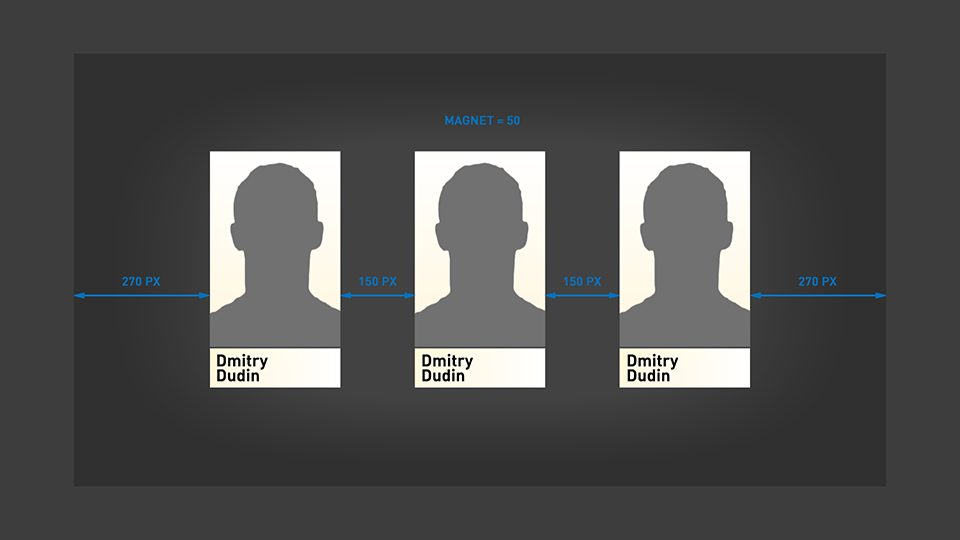

And with 5 items:


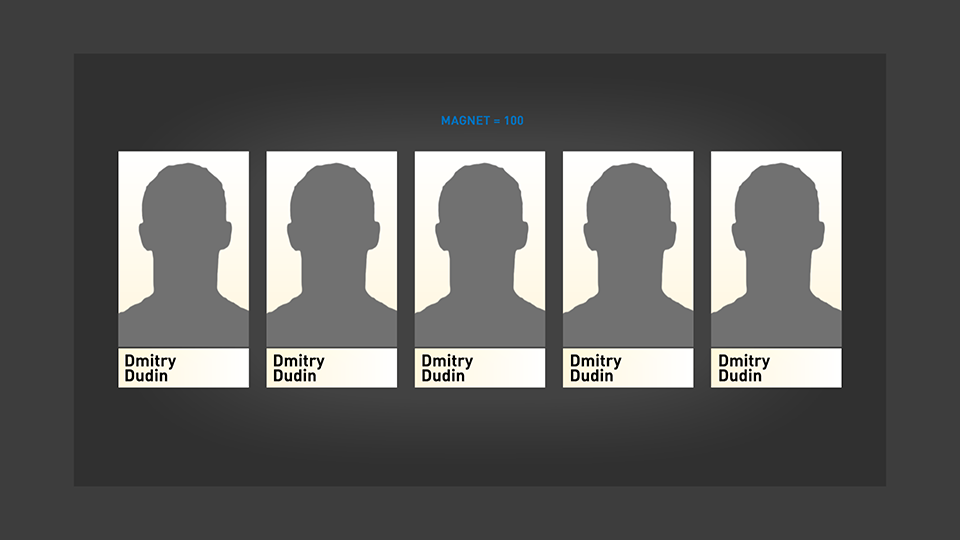
Source of item size
If items have animations with changing size, you can get unexpected behaviour. Items could start jiggling. If you don’t want this effect, you can limit the source for calculating an item’s gabarit by first sub-container. This first sub-container can be invisible (but active) and static for stable positioning. Or you can softly animate this container in order to reach nice revealing animation.

Both options are good and can be usefull. You can select what you need.
Unobvious ways to use
Feel free to experiment with this script.
Scaling item
You can change size of items separatelly:
Nested flex
You can nest one flex inside another ;)
Download example scenes FlexExamples.via and try.
Please, let me know your thoughts about the script in comments below.
Source code
Show source code (latest version)
loading script from bitbucket...